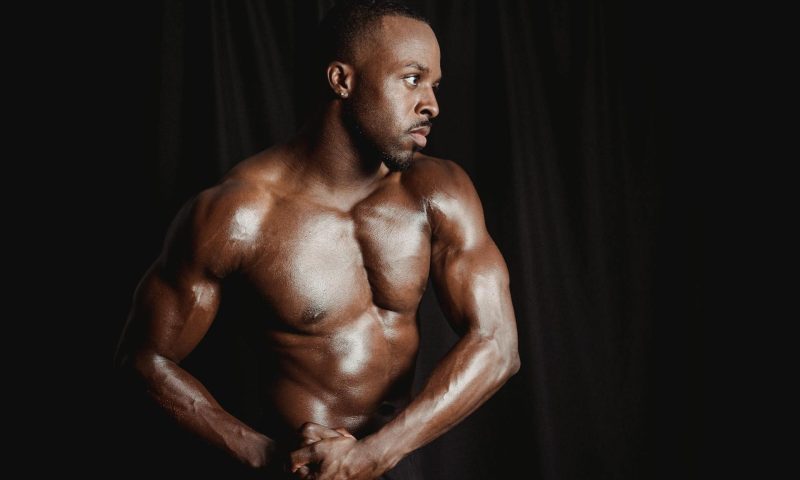While building bulging biceps, toned triceps, and a sculpted six-pack are popular gym goals, a more chiseled chest also makes the list for many. Powering through your bench presses and staying on top of your protein intake definitely makes a difference over time for those looking to grow those pecs.
Recently, I came across data on the average chest size of trained men from a sizable military survey, so if you’re curious, let’s check those pecs.
The average chest size of trained men: Military data

Data from the 2012 Anthropometric Survey of the United States Army (ANSUR II Study) involved over 4,000 males in the military.
The average male chest circumference is:
- 105.87 cm (41.68 inches)
Military guys tend to have more muscle mass than the general population. While they aren’t always experienced bodybuilders or powerlifters, they do have to maintain a certain level of muscle strength and fitness to continue active duty. It’s important to keep in mind that chest circumference includes muscle and fat and involves more than just the size of the pectoral muscles. Other factors also play a role, such as your posture, the structure of your rib cage, and your overall body fat composition and distribution.
Top tips to pump those pecs

Here are some top tips to pump those pecs and grow your chest:
- Incorporate heavy compound lifts like the bench press safely into your workout routine.
- Work your way through a range of different chest exercises, such as push-ups, planks, dumbbell flys, and pullovers.
- Include horizontal pressing as well as incline angles to hit your upper and lower chest.
- Avoid rushing through the movements and focus on technique over speed.
- A rep range of eight to 12 reps per set is best for building muscle mass, but you can still see gains over varying rep ranges.
- Target your chest muscles two or three times per week, leaving time for your muscles to rest and recover between sessions.
- Incorporate progressive overload by safely and gradually increasing the challenge over time, adding more weights or sets as your body adjusts.




